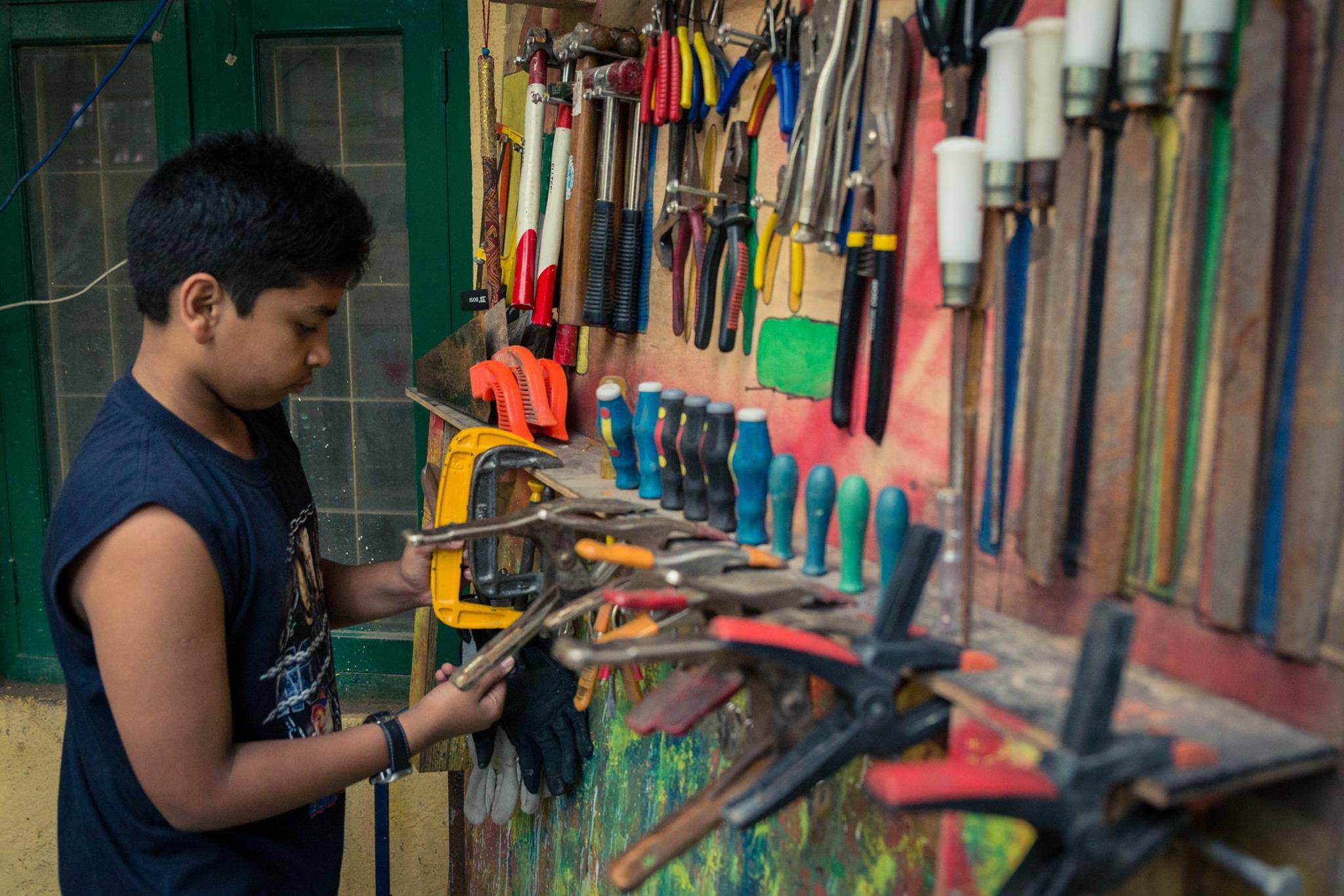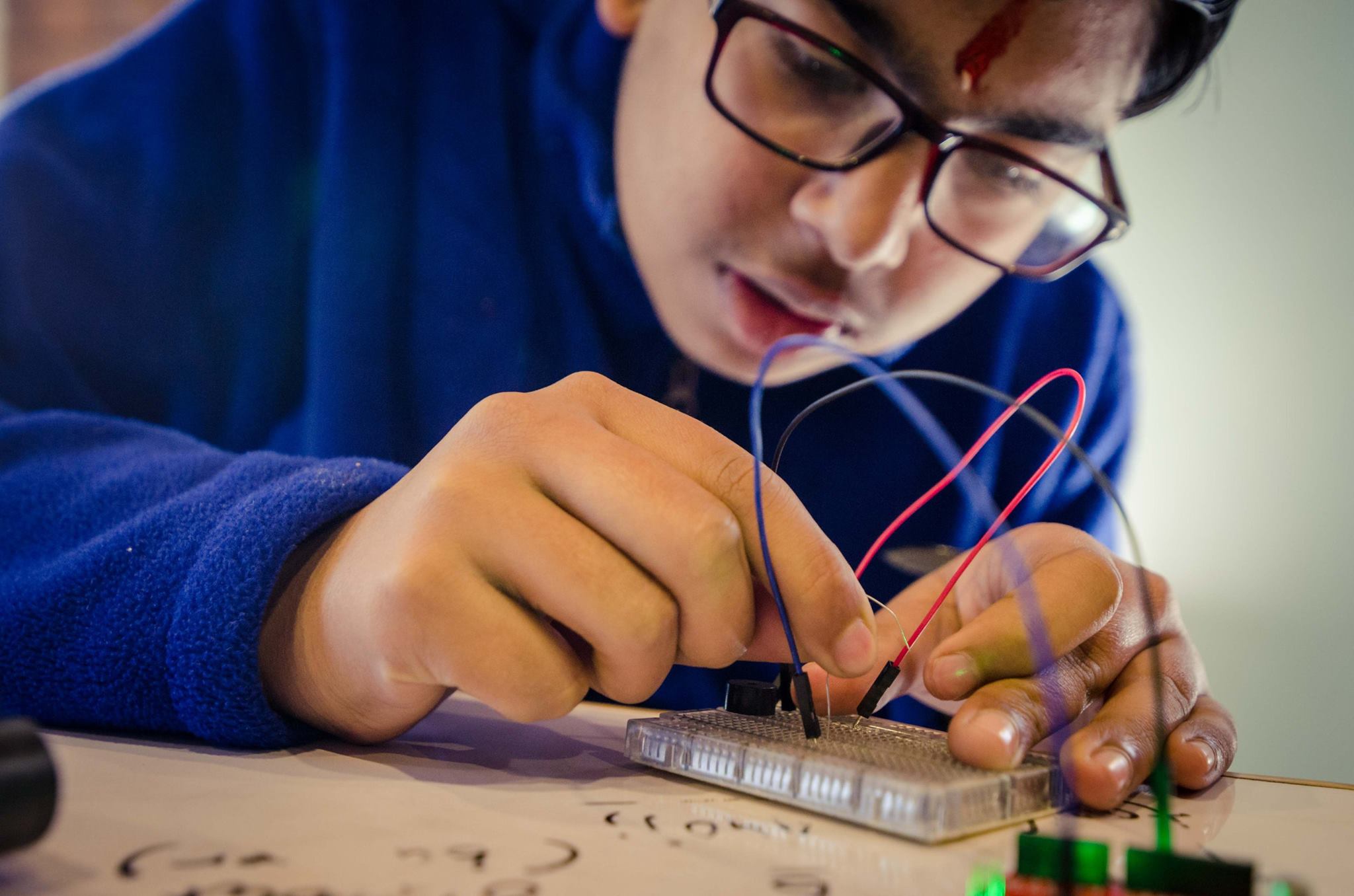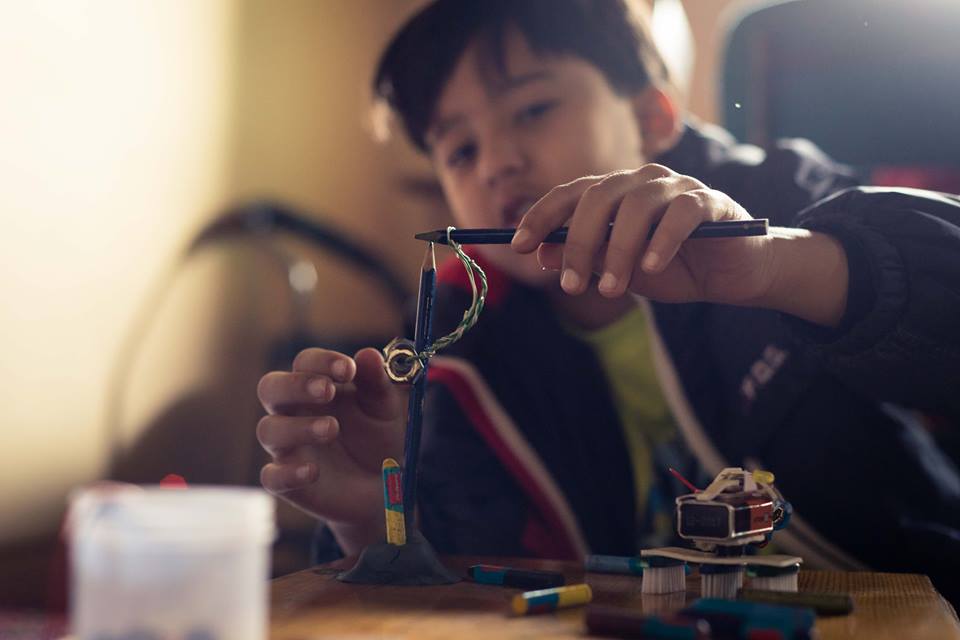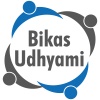SOCIAL ENTREPRENEURSHIP BLOG SERIES ISSUE NO. 10: MAKING LEARNING FUN: THE STORY OF KARKHANA
Education plays a vital role in the overall development of our country. Many people talk about modernizing the education system, which is primarily based on textbook learning. In this context, bringing fun and excitement to teaching is a welcome change. Karkhana, originally established as a product design company, is now designing school curricula and selling those as a co-curricular program to complement the existing education system. Besides that, they also run an innovation lab, which provides a learning environment for the people who are interested in learning. The exciting thing is that these are all things done by a bunch of young entrepreneurs. Talking to us, Sunoj, co-founder, and Anamika, a storyteller of Karkhana, shared with us the story of their journey of becoming one of the leading young social enterprises in Nepal.
How did Karkhana start?
Sunoj: We were engineers involved in several robotic initiatives. Me, Pabitra and Suresh had an NGO named Robotics Association Nepal. . We used to run trainings for several engineering colleges. We opened that NGO, because in college life was too boring. There was nothing to do. Robotics gave that platform and made us engaged. All the departments of the college joined us, but later we wanted to something of our own. Then we met Sakar Pudasaini, who returned back from America. He too was bored of his work there and wanted to do something on his own. He was attending several tech events in Nepal searching for ideas and like-minded people. At that time, we were in the Google Developers Group and we organized an event there named ‘Tech Fest’. In ‘tech fest’ we had a session, where anyone can pitch their ideas. Sakar was there as well and presented his ‘Galli Galli’ idea. It was an idea to map the traffic routes in Nepal. We found that interesting and he found our idea interesting. That evening, I compiled a note on our idea and emailed this to Sakar. He liked the way we responded with an email, because everywhere he went people would tell they will email back. However, we were the first doing so. He invited us to his home. After 6-7 months of discussion, we planned to establish a company. And in 2012, we established Karkhana.
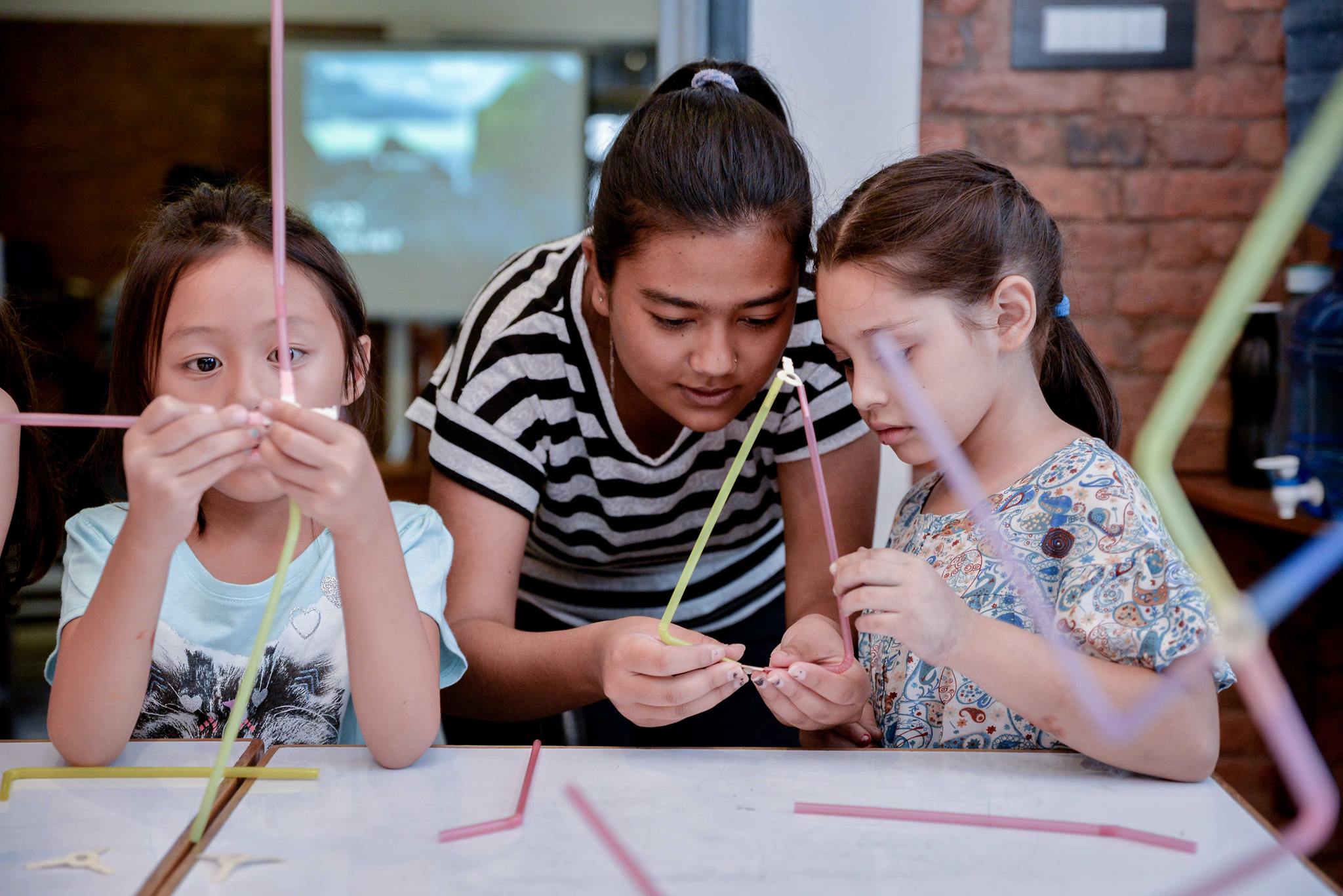
How were the early days?
Sunoj: It was just a product design company at the beginning. We used to design products for Nepali use. We made a vending machine for eSewa , but realized that these products are not scalable. We couldn’t have made 100 machines even if someone would have given us the money. The supply system is not good and we needed someone to make the necessary parts. Precision in the work was not there. We felt our weaknesses as well. We didn’t know how to think and plan a product. These problems came, because of our poor education system. We tried to identify these lacking skills. Idea generation, communication etc. were the major problems. We aim to give these skills to children. Then it went from product design to education design.
The early days were experimental. We tried many things. Pedagogy was not what we learned. The thing we learned was only robotics, where there is a problem which we need to solve. We tried to take this approach to the education field.
After introducing that new idea, what were the challenges that you encountered?
Sunoj: There were lots of problems, but the major one was that the field was completely new. Making learning fun was a challenge because parents used to think learning should be something serious. Obtaining marks was the first priority for them. Another challenge was convincing the schools. They also saw what we are doing as an extracurricular activity like dance and football. Finding the manpower was another greater challenge. Nobody wanted to be the teacher, because teaching is considered as a last option for anyone to pursue as a career. We too were struggling to find ways to improve the learning experience and were looking for mentors. Fortunately, many people helped us.
Any breakthrough you remember when you were trying to overcome these challenges?
Sunoj: Interestingly, our first customer was a parent who came by himself. He heard of our work. He said he wanted to bring his son to us. He said he could bring other people, but requested us to start. It was the best moment. From there on, things spread kind of by word of mouth and we were successful in offering the course to one school. We saw the teacher’s performance and the students’ response to it, which helped us to make further improvements.
You didn not try in government schools?
Sunoj: We tried, but not in collaboration with government. Our aim is to create impact. It is not just for private school students. We also conducted our program in some schools like Janauddhay, Bal Byabashy for 3 years. Still, we are working with 3-4 other schools. For government schools, we provide the service for free, but we take money from donor organizations who are supporting such schools. Children will get the program for free through the donor-funded programs. In case of private schools, we talk, show our products and persuade them to buy iur curriculum. Many schools are happy paying for our courses.
Why did you develop the cross-disciplinary curriculum for the children? Why in the Nepali context?
Anamika: I think we should not differentiate it as Nepali context. It applies anywhere. In school, there are separate classes like science, math, art. One of the main purposes of education is to get the students ready for work. In class, we solve math problems for 45 minutes, but in reality, a problem doesn’t present itself as being purely science or math. Hence, we tried to bring everything together. The problem should be handled logically. We try to teach students where these subjects come from and why. We encourage them not to see the subject as subject, rather see it as a small part of a bigger thing. We try to connect every discipline to bring real learning based on real-life situations. The duration of the program depends on the choice of the school. We have several packages on subjects like science, math, sociology etc.
How do you persuade this to the concerned bodies like parents and teachers? Don’t they see it as an extra burden?
Anamika: For our ‘Be Creative’ we brand it as a co-curricular program. Students will read the curriculum, but we add the extra value. What they get in school is necessary, but we enhance that. Our main objective is to make them curious about what they read. If they read about the motor, they will search more. We approach schools in that way.
On what other things Karkhana is working now?
Sunoj: Right now, we are doing only one thing, which is designing a learning experience middle school students. Other activities include content generation, teacher’s development, train teachers. We have storytellers, who persuade the schools by visiting them.
How do you select the content? How does the content generation team work?
Anamika: We have a separate team, who make the content based on the TMPI method. Think, make, play and improve. We believe in the process more than in the product. We research and see what is lacking in existing textbooks and make it accordingly.
How do you think you are creating social impact?
Anamika: ‘Be Creative’ is 2 years old. ‘Karkhana Innovation Club’ is 4 years old. We run this in our office where any interested student or youth can come and learn innovation practically. Anyone can reach us through this. There are many small classroom stories that serve as a testimony to our success. Till now we have reached to 2300 children and have shown them how much fun reading is like. Many children have joined our innovation club and believe on what they are learning. We are making studying fun as well as practical. We have created an environment in the classroom, where children can be openly curious. They see us as an organization where they can learn.
We give a chance to children, who are curious. We are creating contents and kits covering things like communication, storytelling etc. We are encouraging them to be dynamic and are producing small leaders through our ‘Maker Mentor’ program. We are trying to say learning can happen outside of the schools also.
Sunoj: In many of the classes they arrange seats according to students gender. Many students are shy to speak. Our teachers with friendly behavior make them talkative. We also run teachers sharing sessions once a month. Teachers are tired of being trained. We try not to train them, but to motivate them to be sincere in their profession.
Lastly, we can proudly say that we are making the job of teaching glamorous. We somehow converted it into a learning and earning the opportunity. People who used to shy away from teaching, are now in the teaching field. Karkhana is doing what people have thought of for the reformation of the education system in Nepal. When they see our effort, they appreciate it. Karkhana is doing the thing which many teachers, principals are willing to do. We are showing them how these things can be done. That’s why we are trying to go inside the schools and change the system from bottom to the top.
What is you business model? How is it sustainable?
Sunoj: the first thing is that we develop a content package and kits to sell. These packages are available in our office. The kits cost from around Rs. 4,000 to 10,000. Recently we have launched a web store for our products where people can see the products and price attached. People can access this at the following link https://store.karkhana.asia/). Not only this, we make our products available in several stationary stores around Kathmandu valley. Likewise, we choose special occasions like a new year to celebrate and promote our products. Last time we did water rocket launch. Children came, made the rocket and launched that. They had to pay Rs. 1,000 entry fees. We also organize several camps in Karkhana and such camps cost Rs. 7,000 to 10,000.
How do you see the current landscape in Nepal for social enterprises?
Sunoj: The landscape is quite favorable. There are various opportunities. Seeing the opportunity and converting that into an earning business is another challenge. So, all the things are connected together. One needs to have a strong team. Vision and mission should match. I think Nepal can produce globally competitive companies. The thing we are lacking is role model companies, but soon it will come we guess. In 5-10 years, we want to reach outside and sell our products there.
At last what you want to suggest to other people?
Both: Be persistent. Continuity is the major problem. Hard times come with lessons from which one should learn. Do not go for other’s problems, but try to solve your problem. People who can associate with that will come to your side. Come with the value-driven idea first, and then convert that into a business. Coming with high ambitious business ideas is not so good for startups. Where do you see the company going? How do you see it create impact? Take it from there!
Further: http://www.karkhana.asia/
